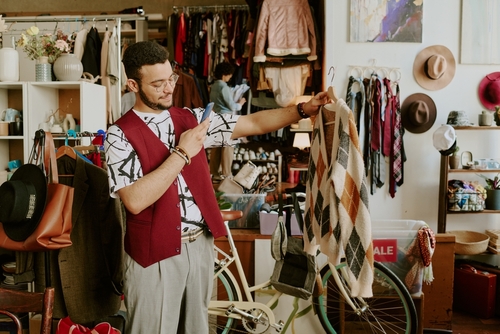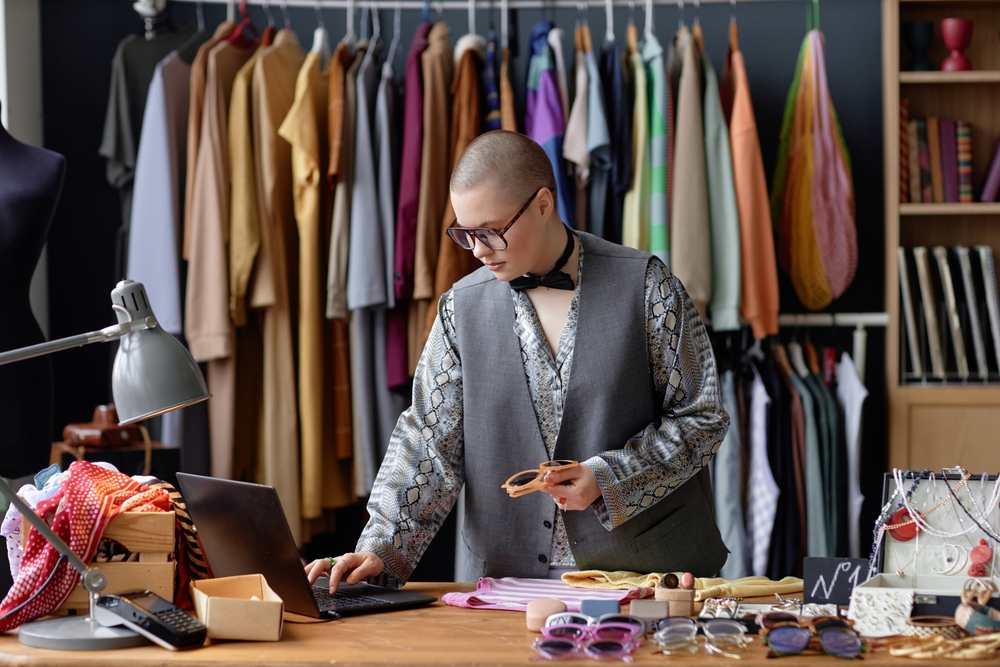How to Spot Fakes When Shopping Second-Hand: Expert Tips
The second-hand fashion market is booming, with many Brits turning to resale platforms and vintage shops to snap up big-brand and designer pieces for less – all while making more eco-conscious choices.
However, shoppers need to be aware of the key signs of authenticity, as a piece they thought was a great find could end up being a convincing fake.
Carrying out simple checks like inspecting the stitching, logos and material can help shoppers avoid falling into the trap of buying something that’s not what it claims to be.
Experts say that care labels can reveal a lot about the authenticity of clothing and accessories. Counterfeit items often feature typos, mismatched fonts, or missing washing instructions.

It’s also worth doing a quick online search to compare the item with official images from the brand, paying attention to the placement of logos, pattern alignment, tags and buttons, as even small inconsistencies can point to a fake.
When buying online, shoppers should ask for additional photos and details before committing to a purchase, which genuine sellers are generally happy to provide.
Josh Hembry, the COO of vintage fashion retailer Messina Hembry said: “There’s huge demand for vintage designer and branded clothes at the moment, but that also means there’s a higher risk of fakes and poor-quality pieces entering the second-hand market.
“With everyone having the ability to sell clothes online through resale platforms, not every seller will carefully inspect each item to ensure they’re authentic, and this is why it’s so important for buyers to know what to look for.
“For a trained eye, it’s easy to spot a fake from miles away. But if you’re new to second-hand shopping, there are a few essential checks to keep in mind.

“From feeling the fabric and inspecting stitching, to checking care labels and logo placement – it only takes a few minutes to identify red flags that suggest something might not be genuine.”
The second-hand fashion experts at MessinaHembry.com have provided six tips for spotting fake designer and branded second-hand clothes:
1. The fabric
Designer garments usually feature premium materials both inside and out. High-quality fabrics are soft and natural-feeling, while cheap counterfeits may feel coarse. Leather items should have a varied texture and subtle natural scent, whereas fake leather often looks too uniform and smells synthetic.
2. The stitching
The stitching should be neat and consistent. Pay close attention to seams, pockets, and the area around labels. Authentic pieces typically use thread that matches the fabric colour, rather than a contrasting one. You also shouldn’t see messy or visible stitching on the back of the label where it’s attached to the garment, so if you do, it’s a sign the piece may be fake
3. Fastenings
Zips should feel heavy and glide smoothly. High-end brands often use branded zips such as YKK. Check that the bottom stop aligns neatly with the pull. Buttons on genuine items are securely sewn in and may feature brand-specific details or logos
4. Logos
Inspect logos and brand details carefully. Look out for blurry printing, incorrect spellings or off-centre logo placement, which are all common signs of fakes. Comparing the details with official product images online can help spot any discrepancies.
5. Fit and sizing
Designer clothes follow standard sizing and cut. Inconsistent sizing, like a size label not matching the actual fit or measurements of the garment, can be a red flag that it’s counterfeit.
6. Care labels
Care labels can reveal a lot about a garment’s authenticity. Watch out for spelling mistakes, mismatched fonts or missing information, as these are all common signs of counterfeits. A missing care label altogether is also a potential warning sign.





